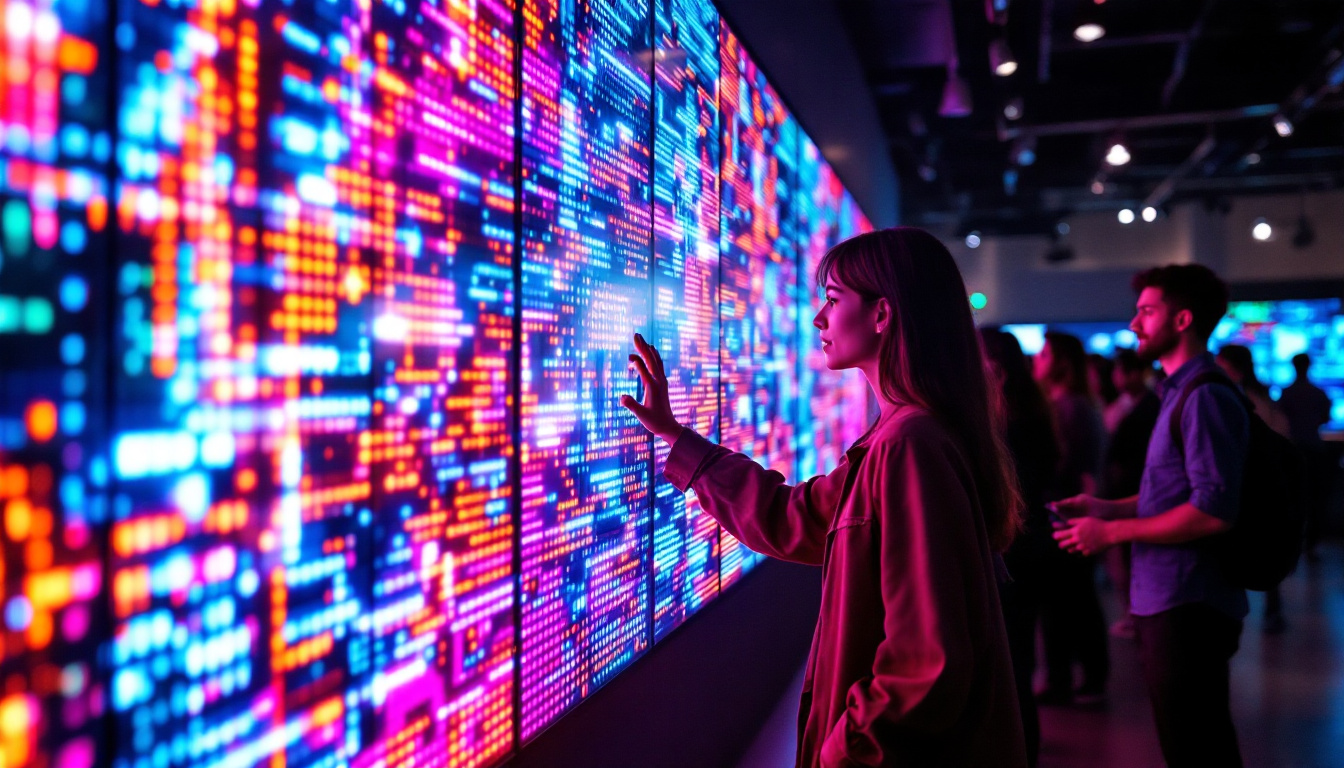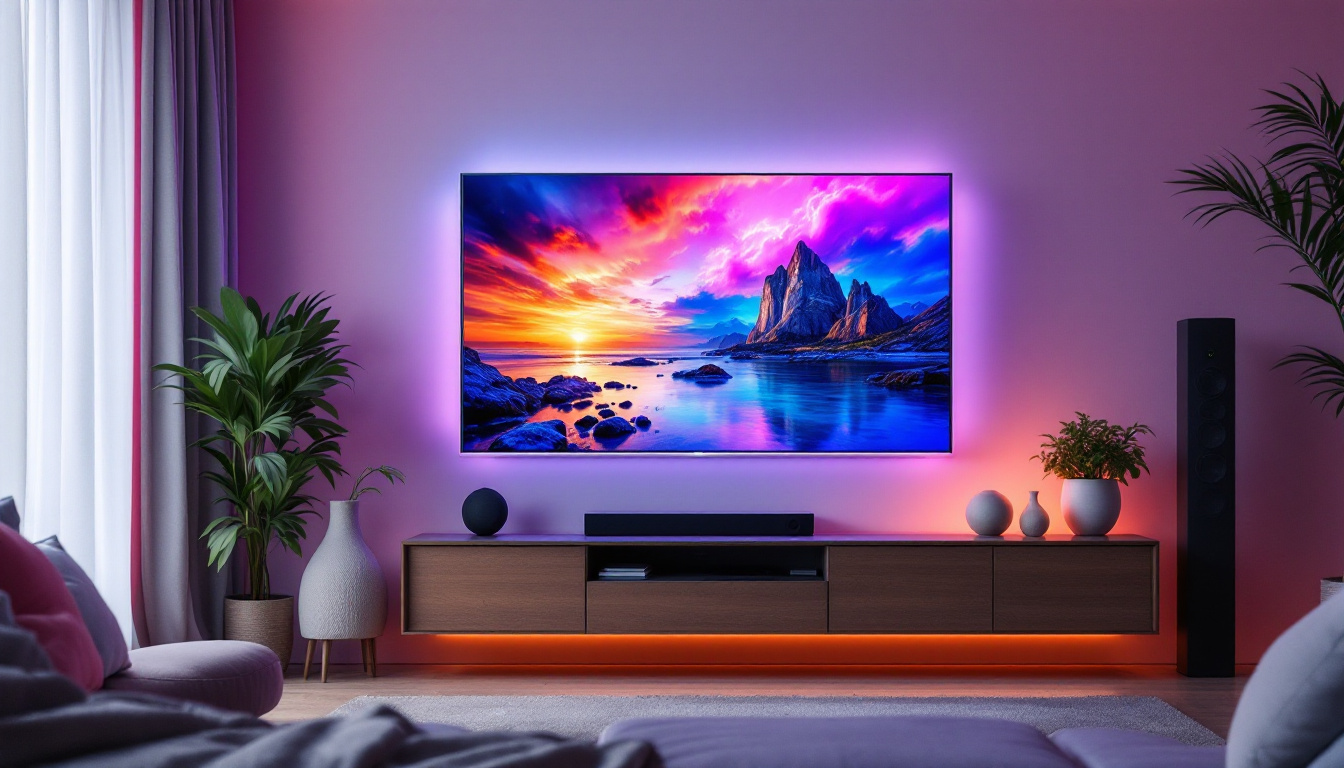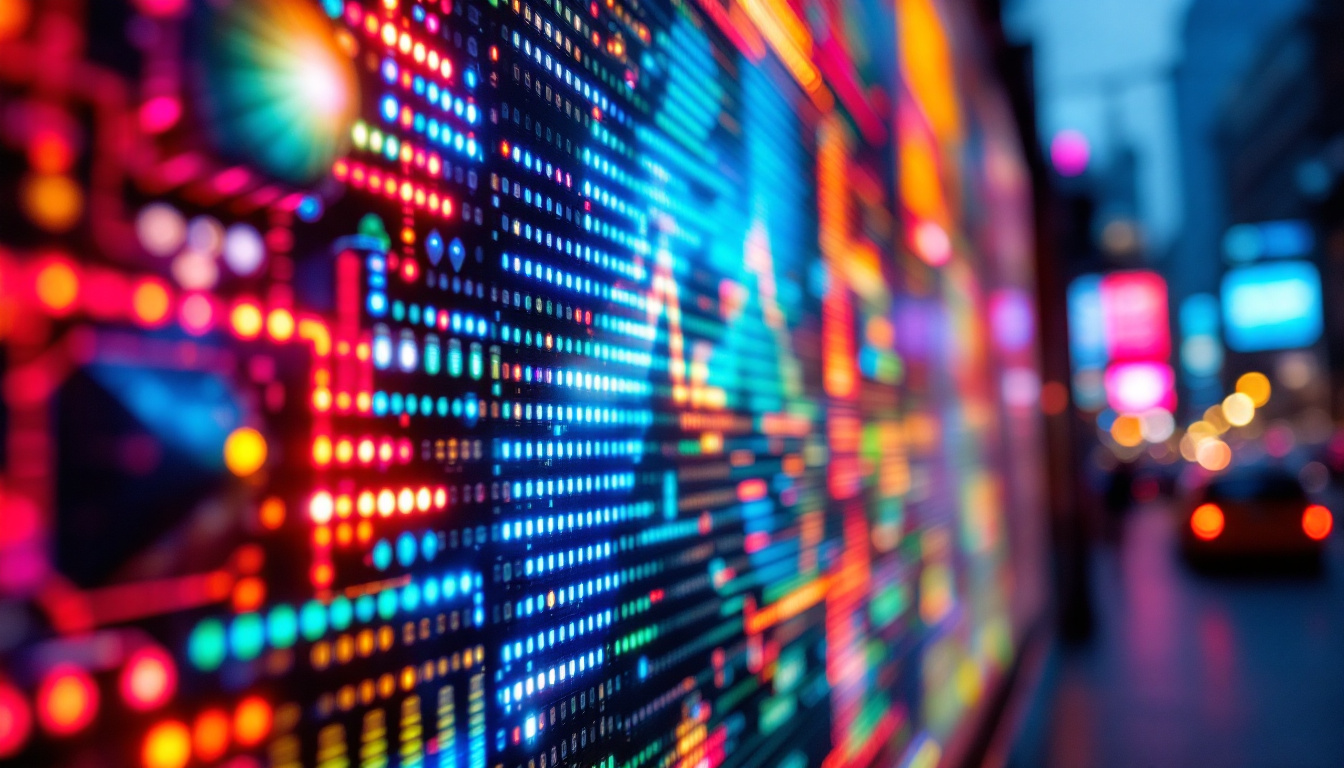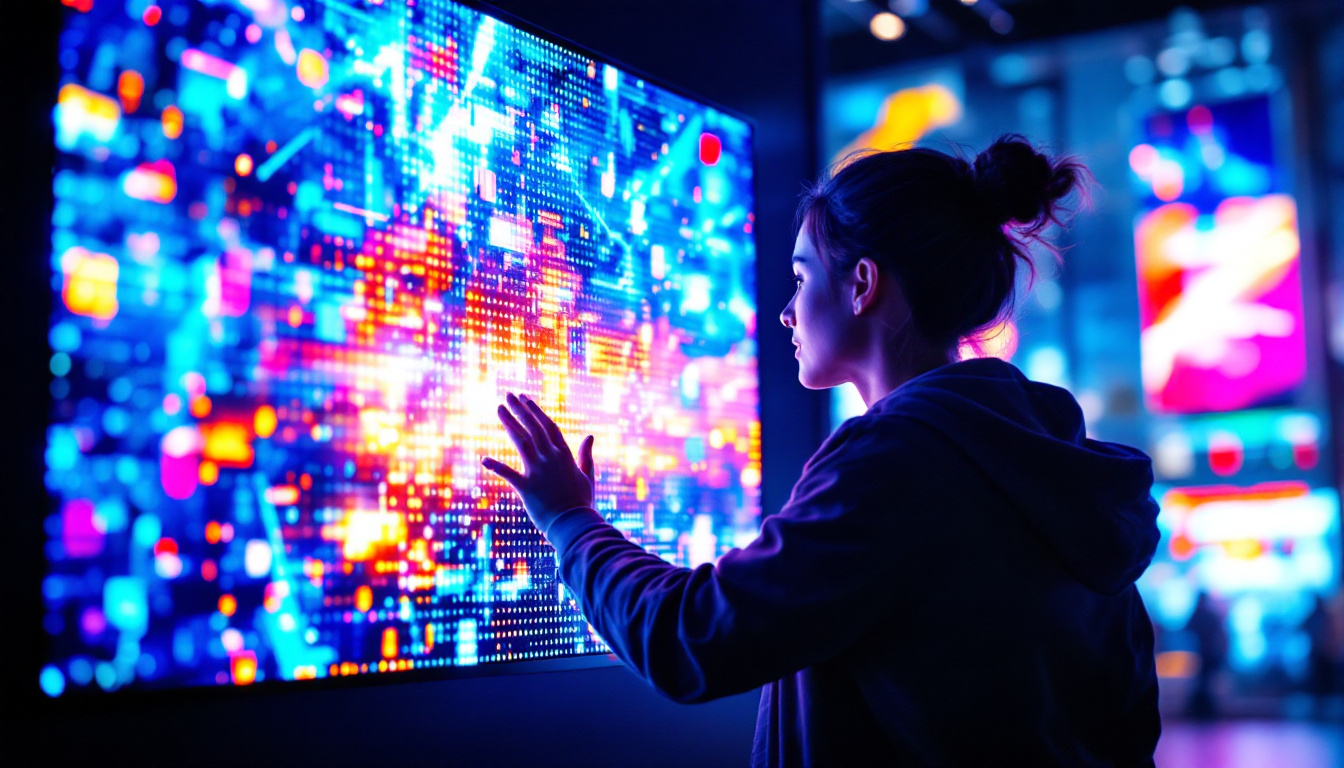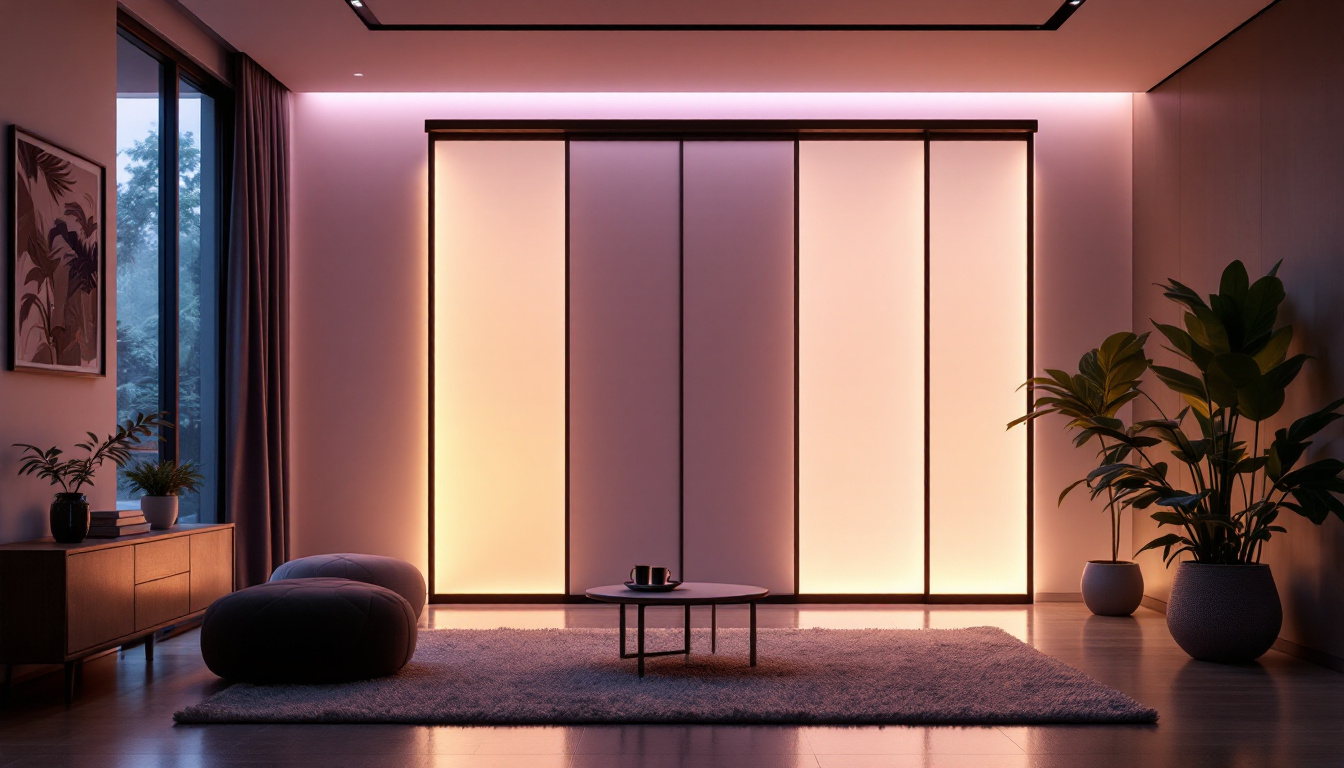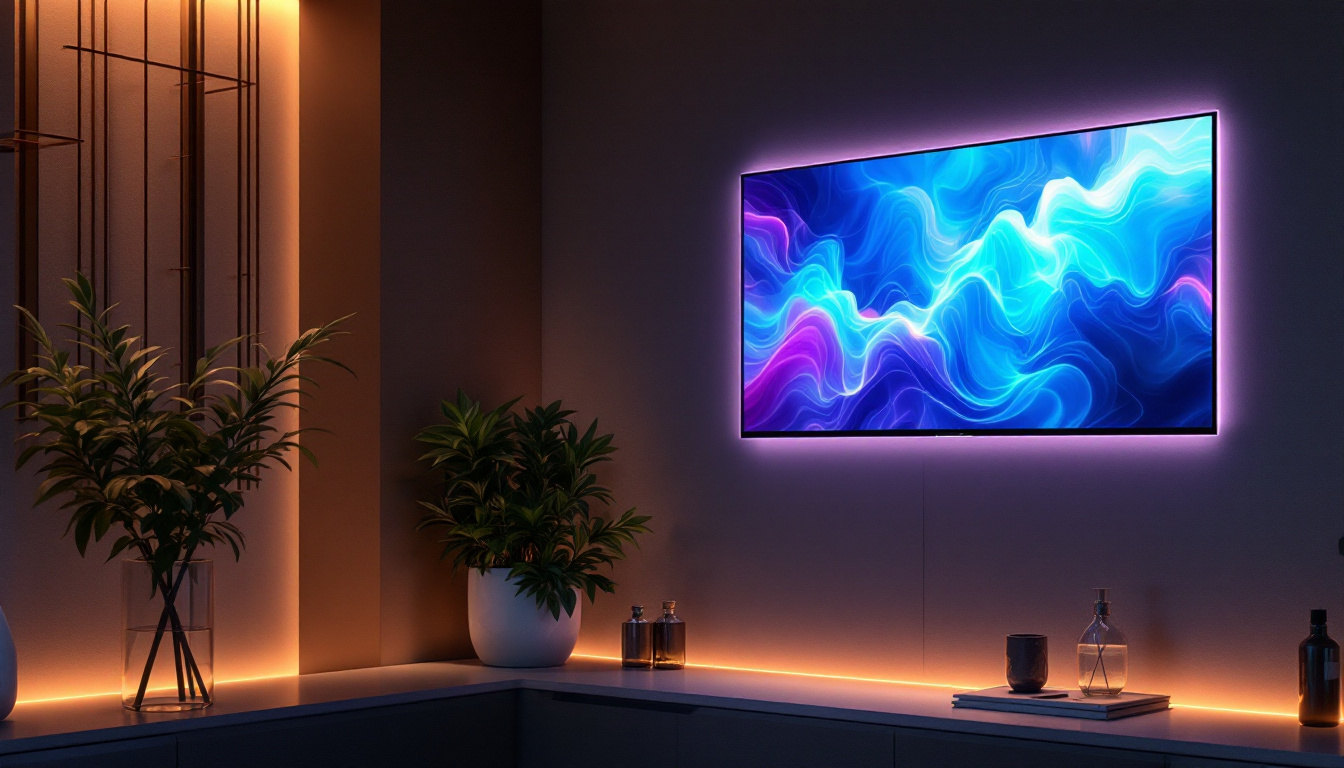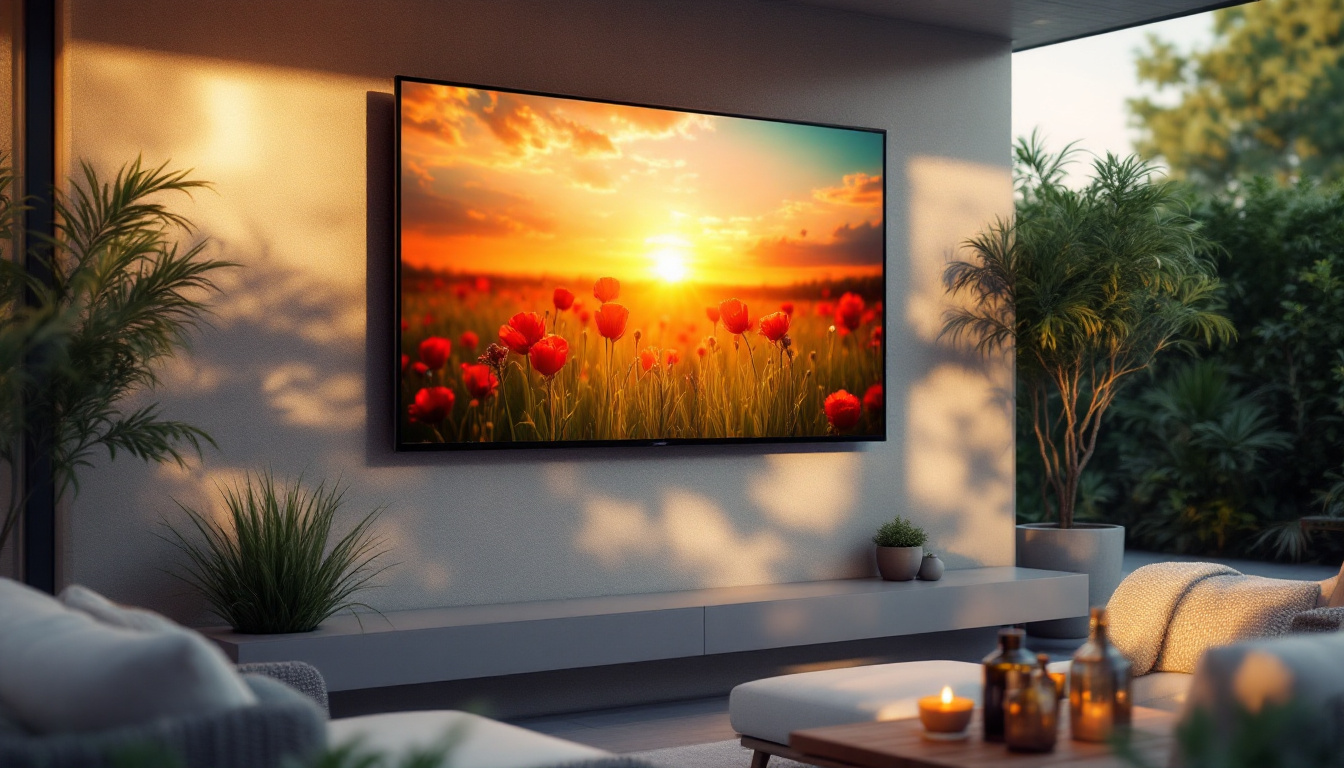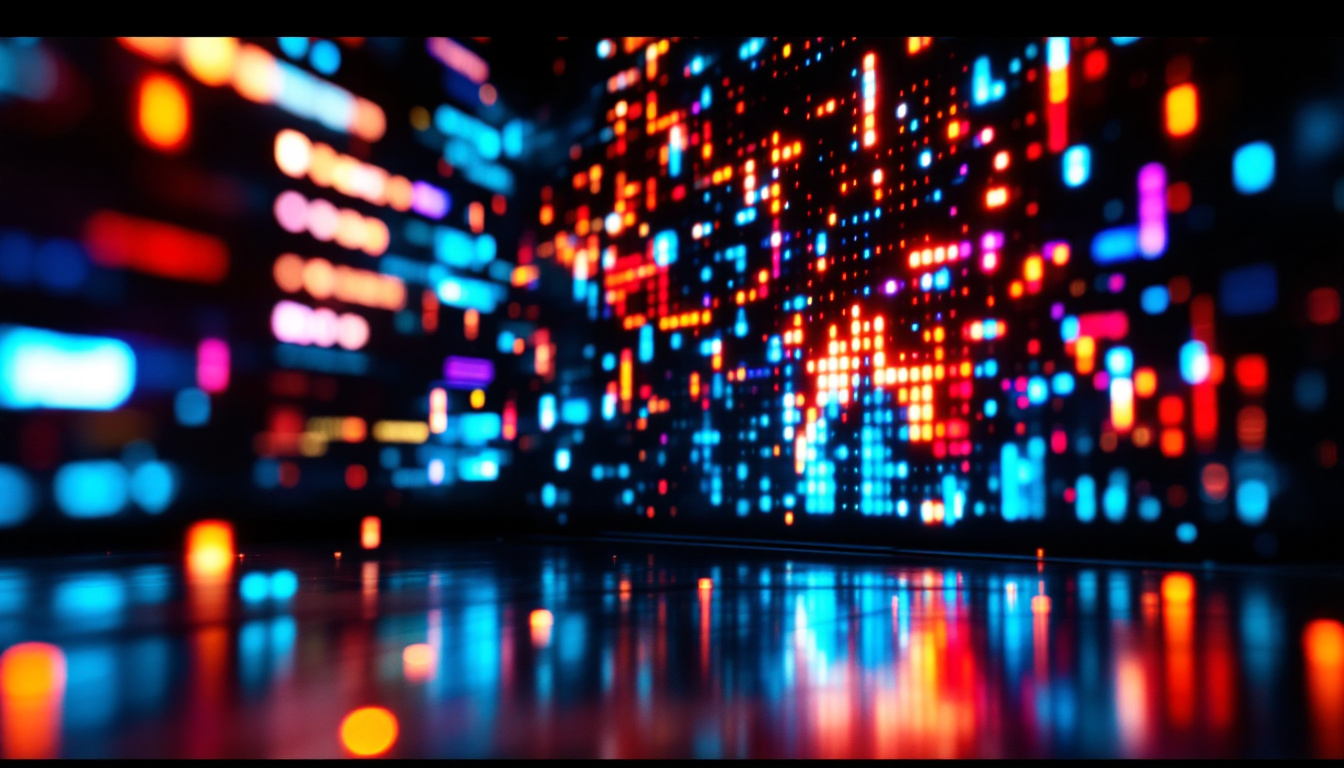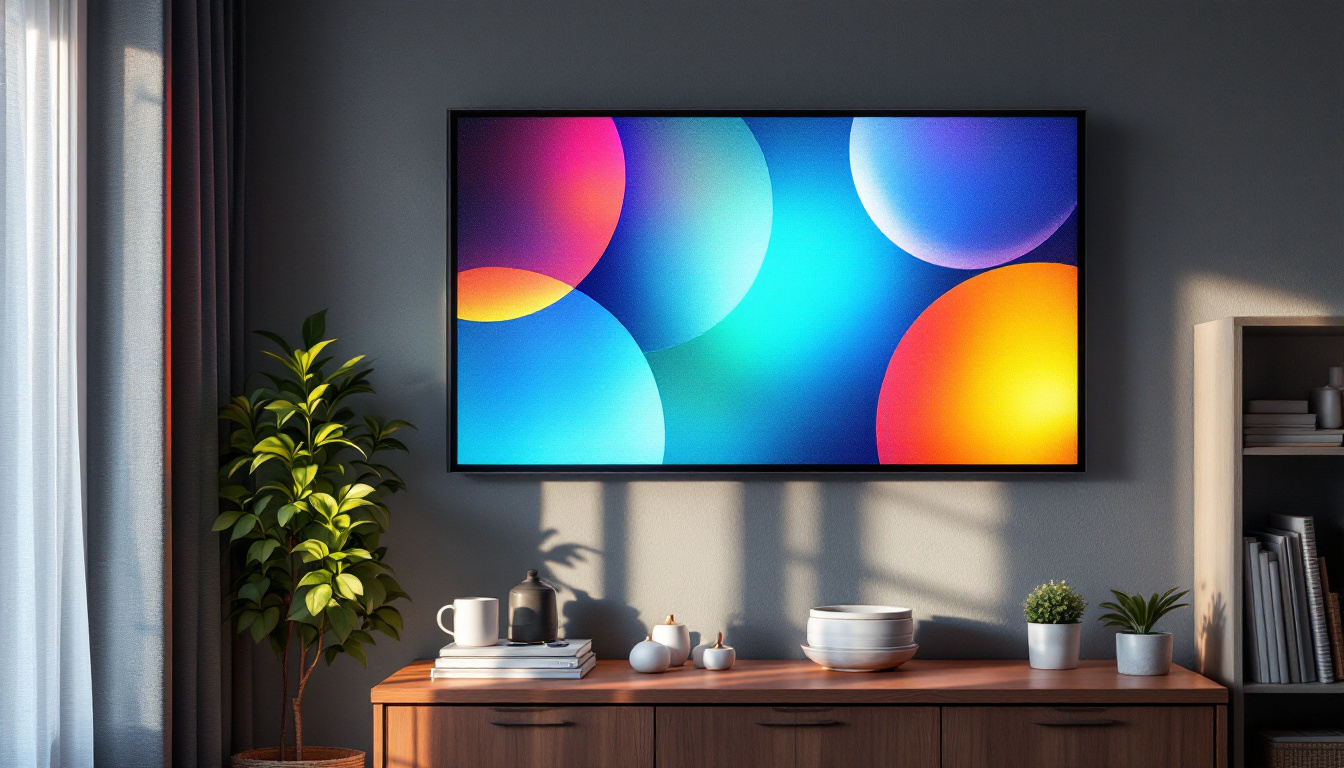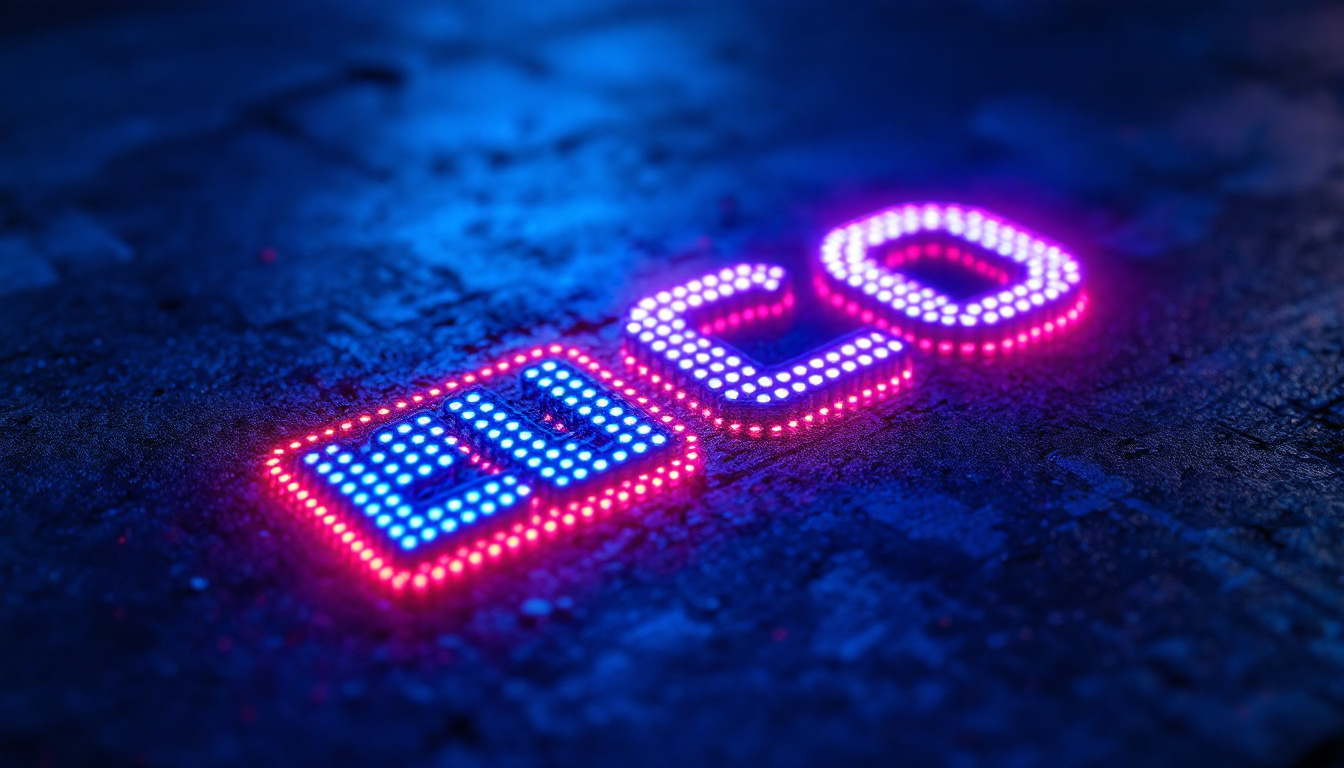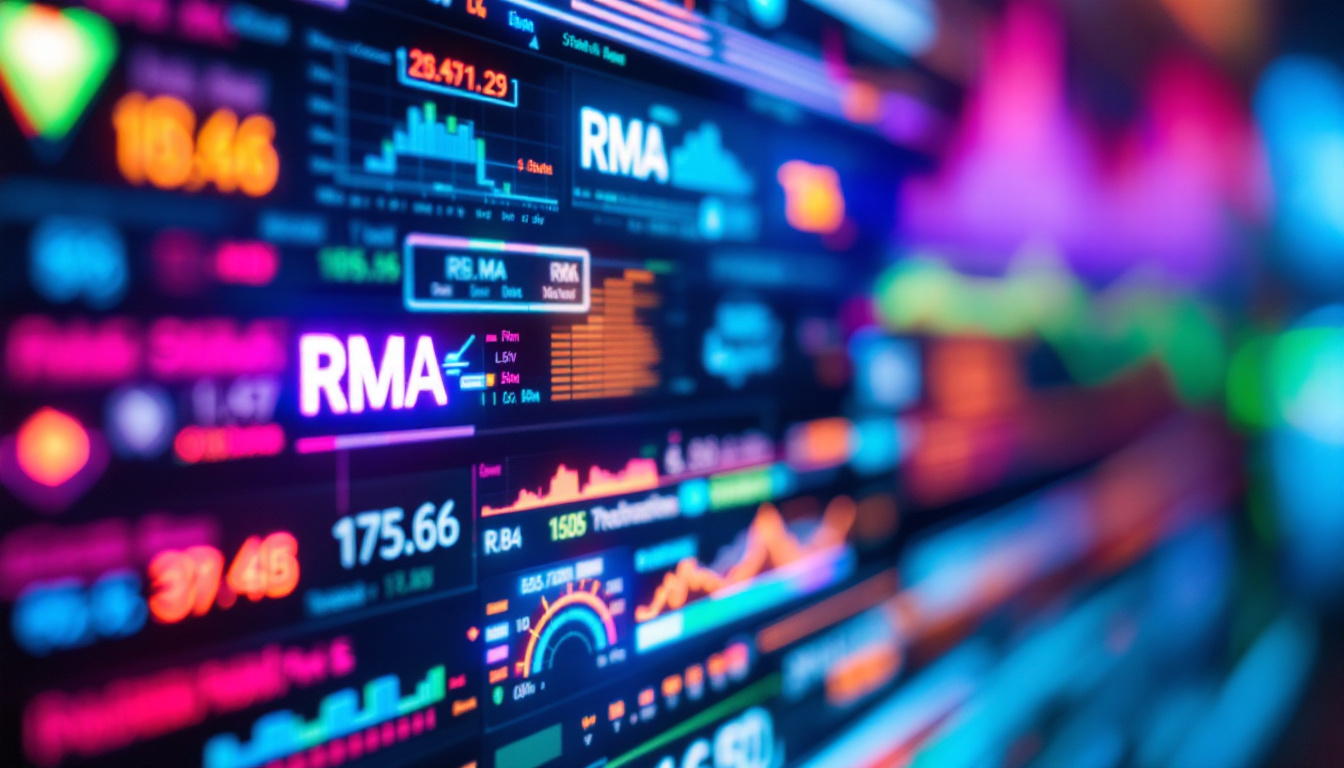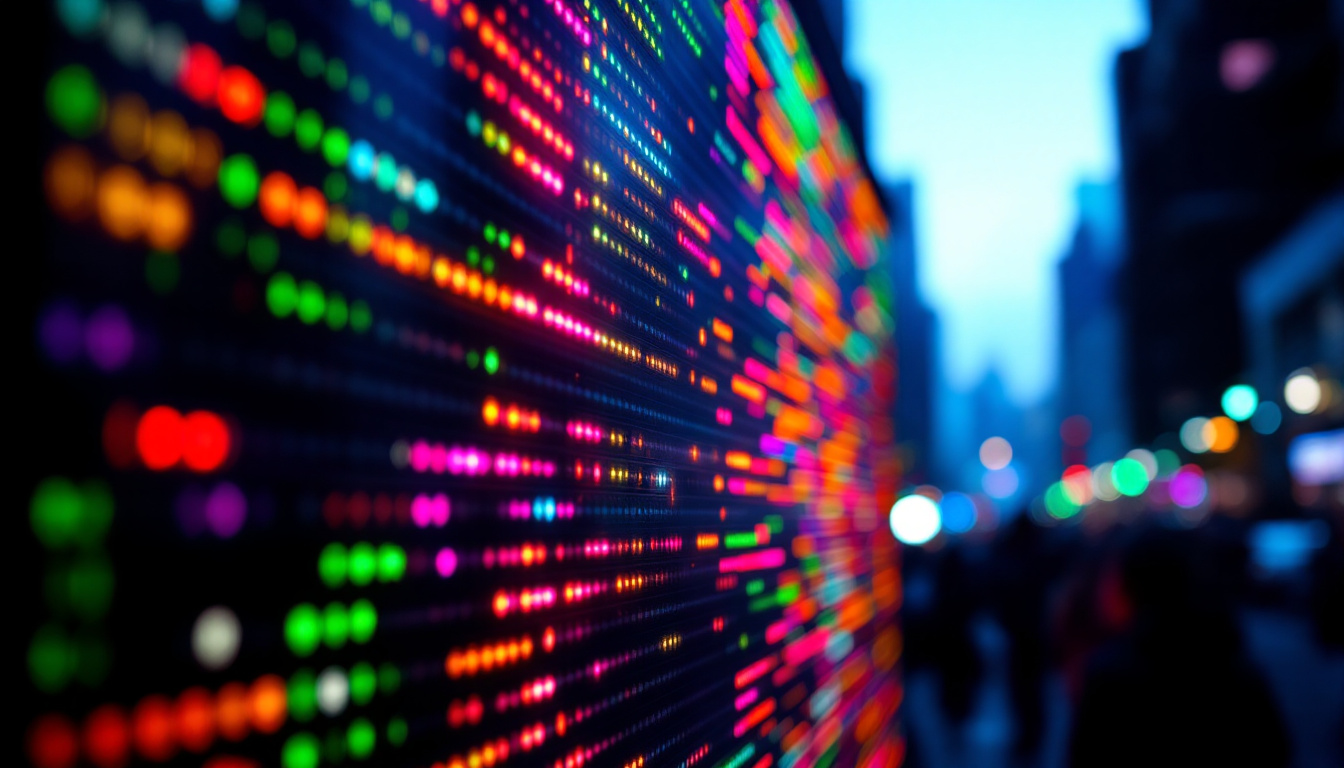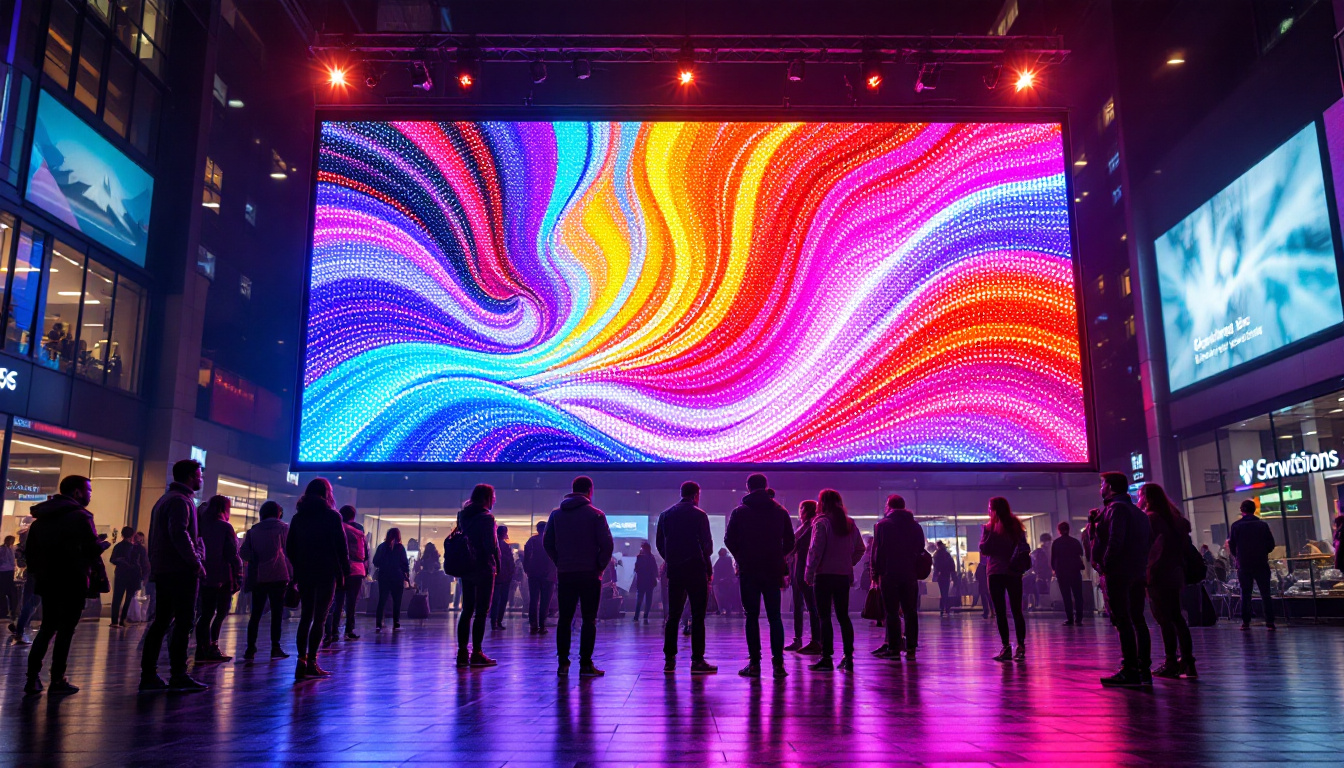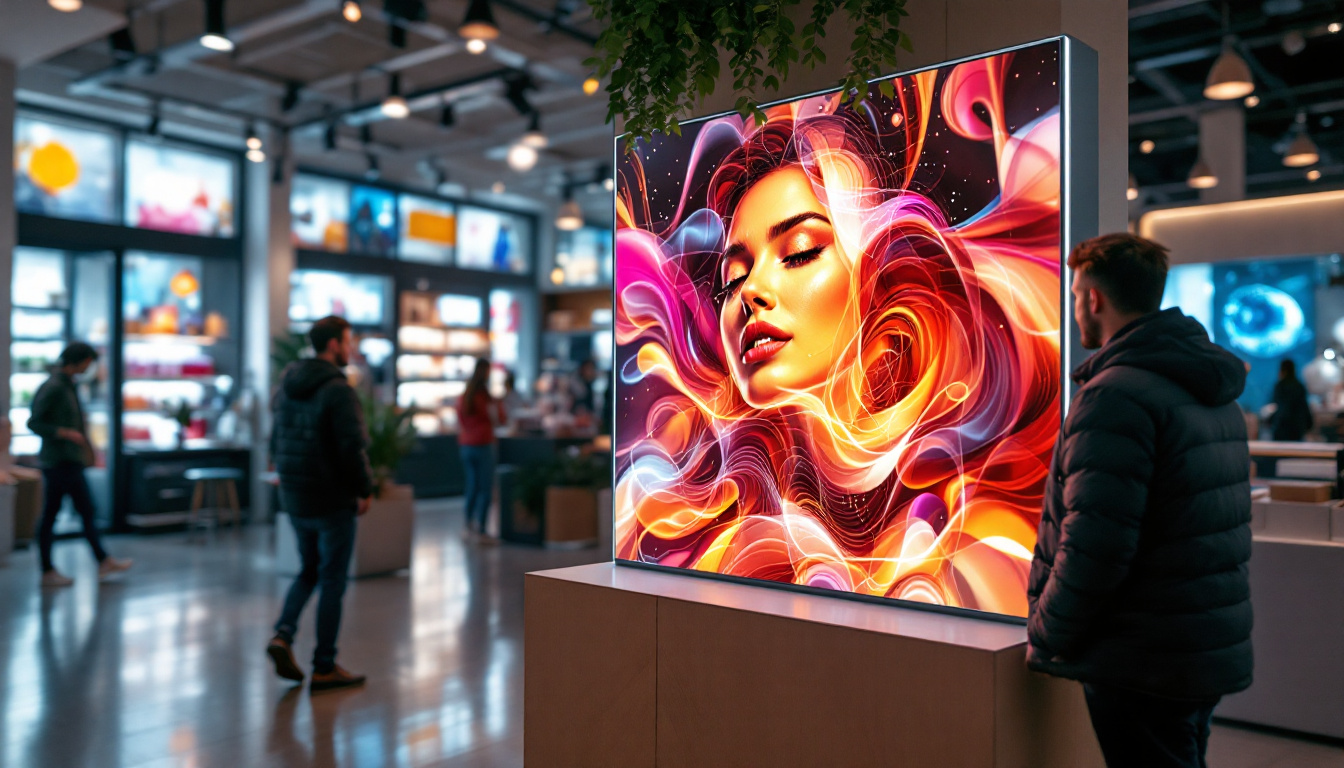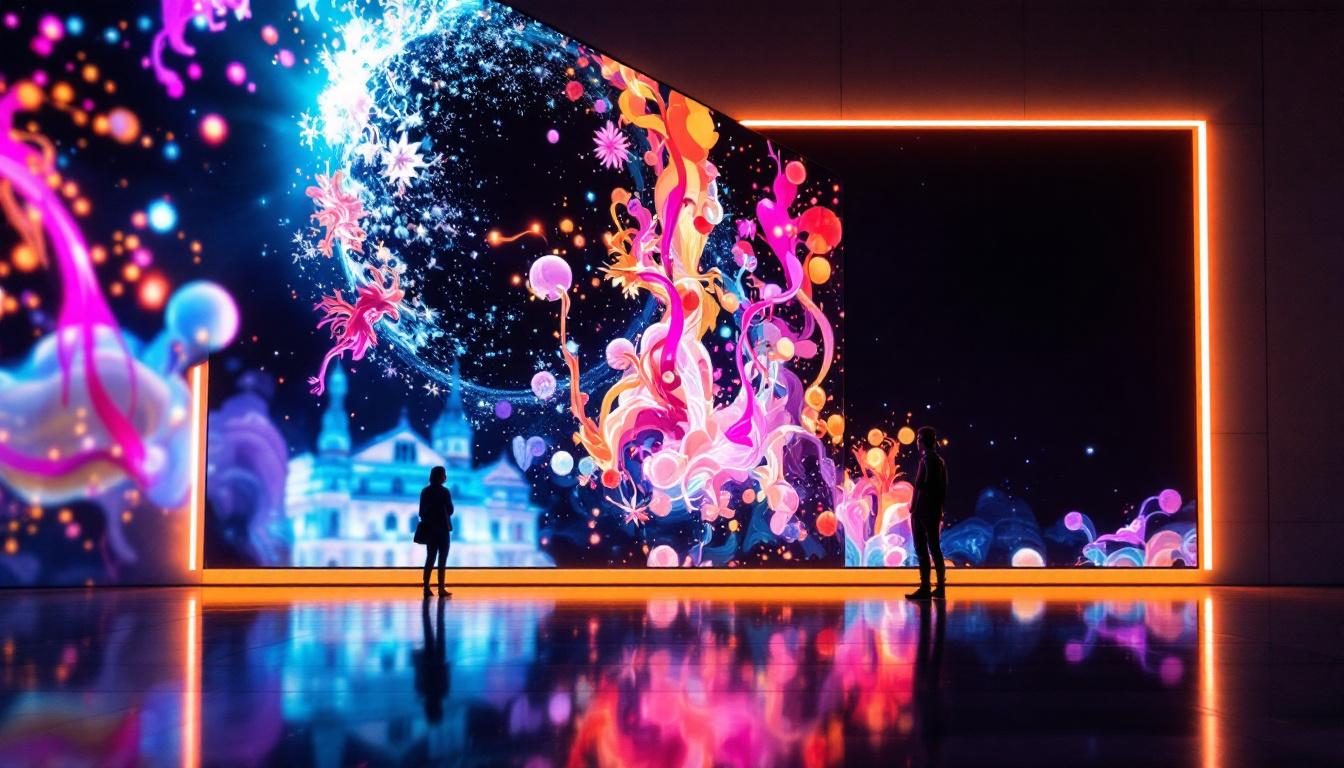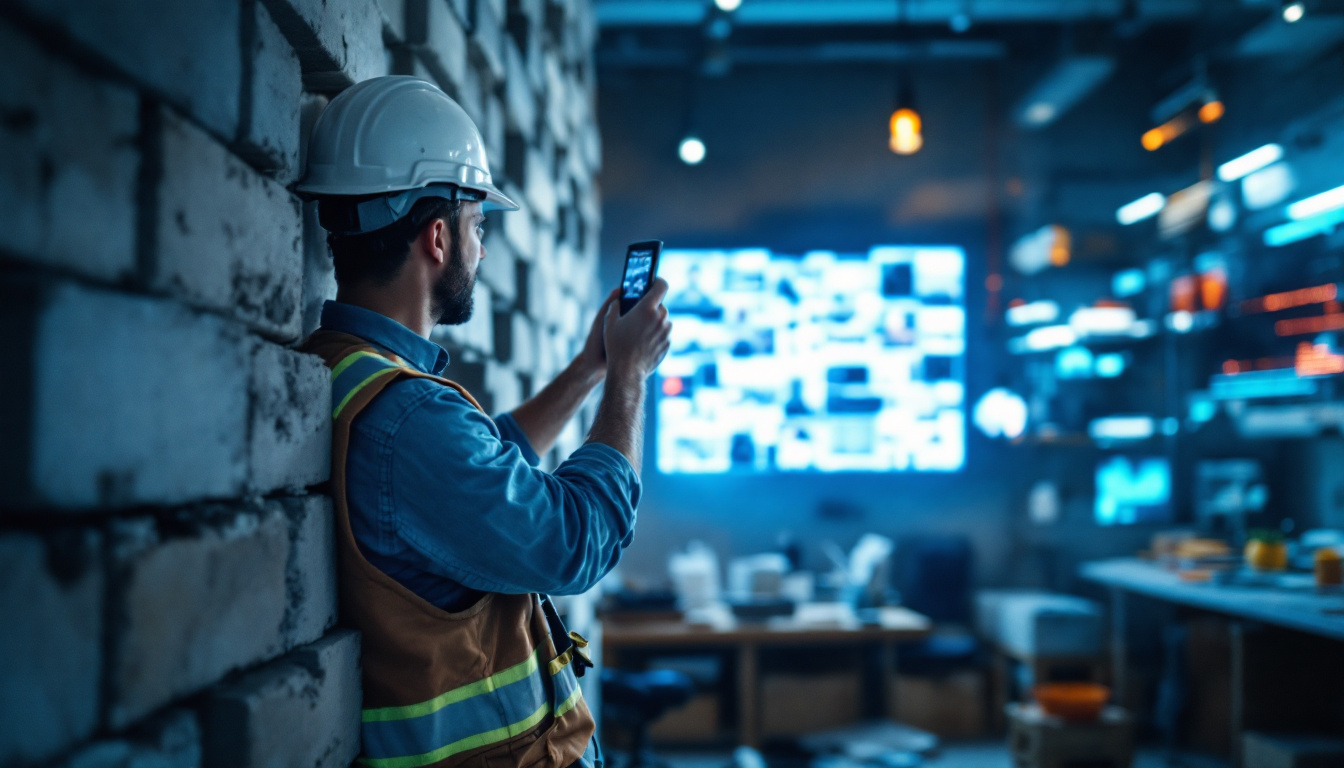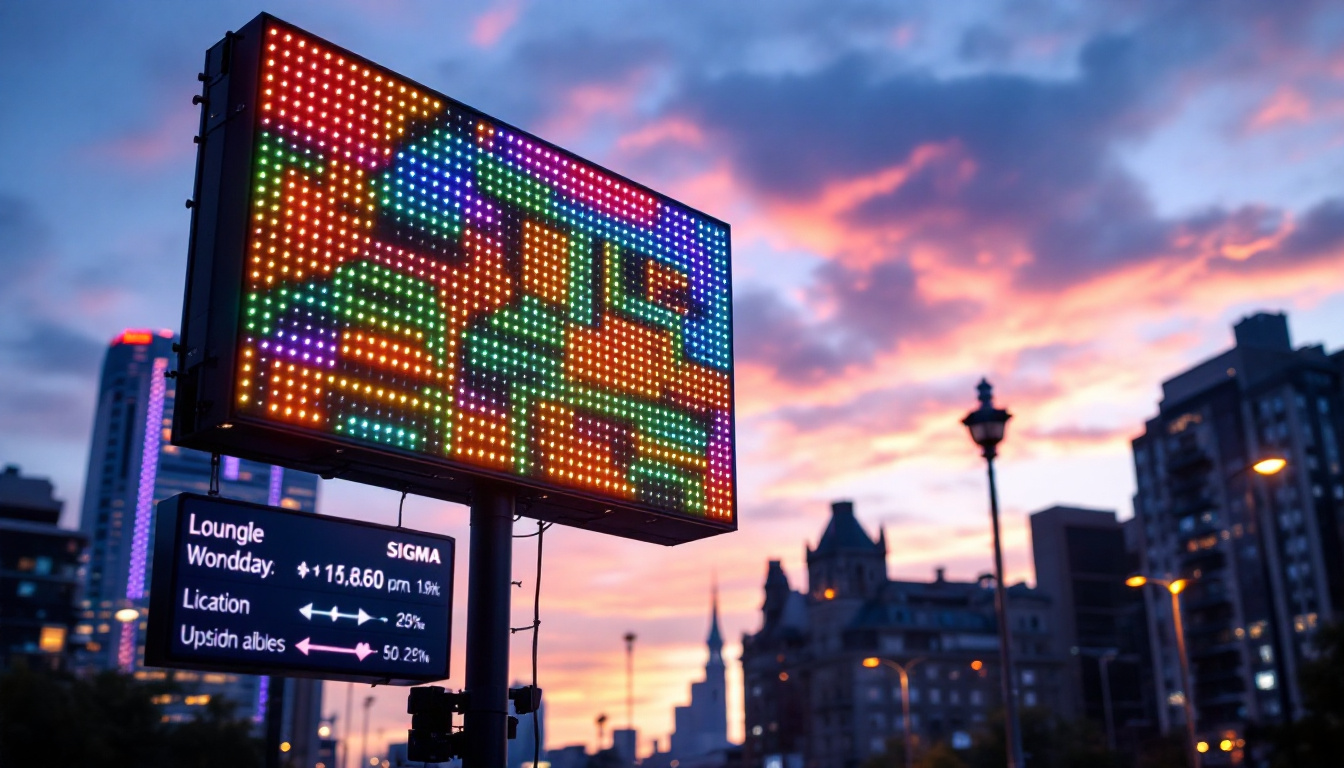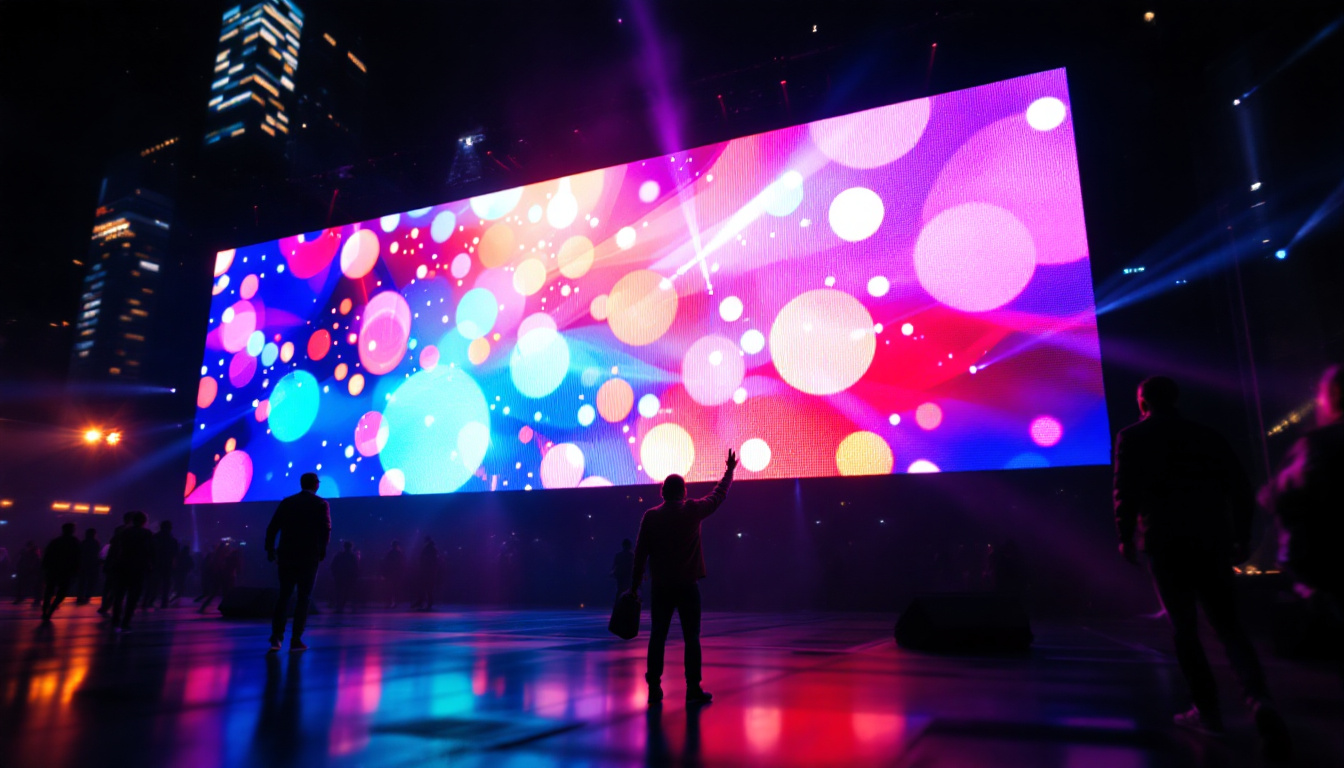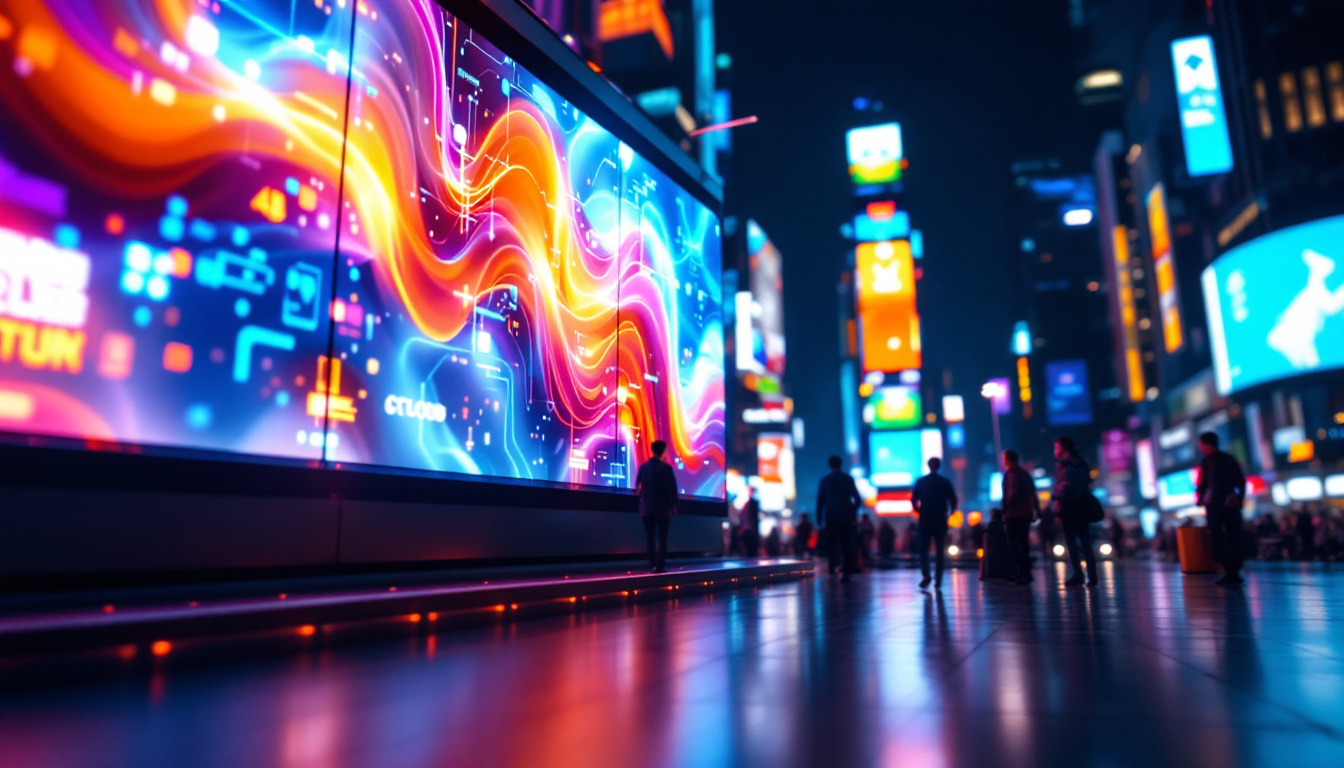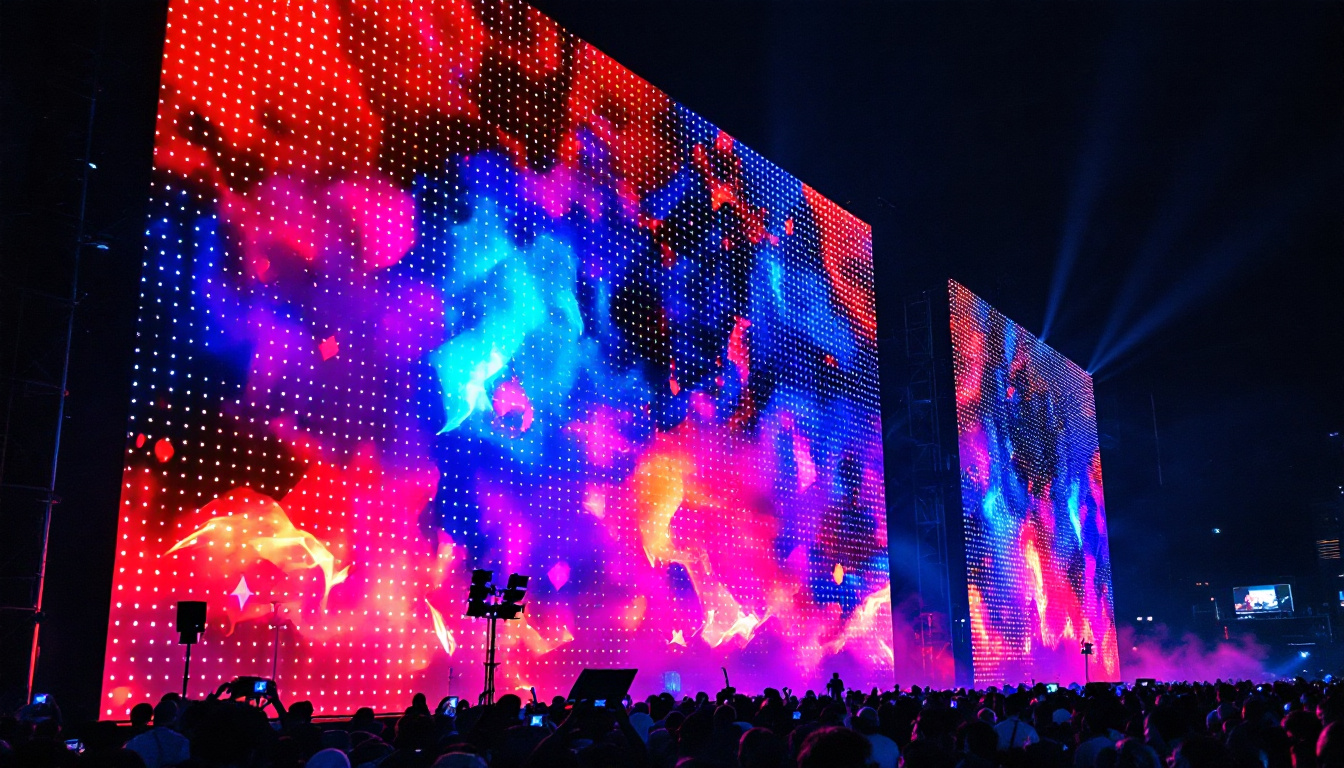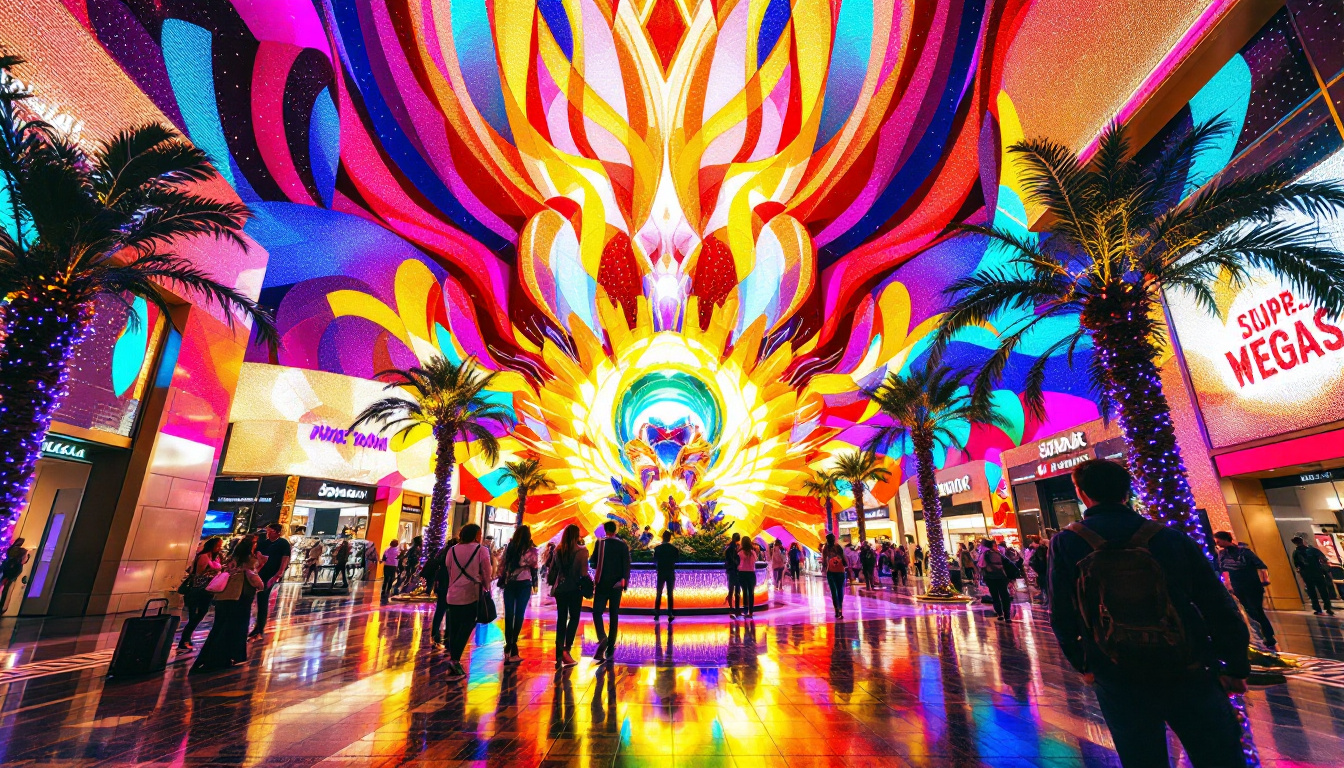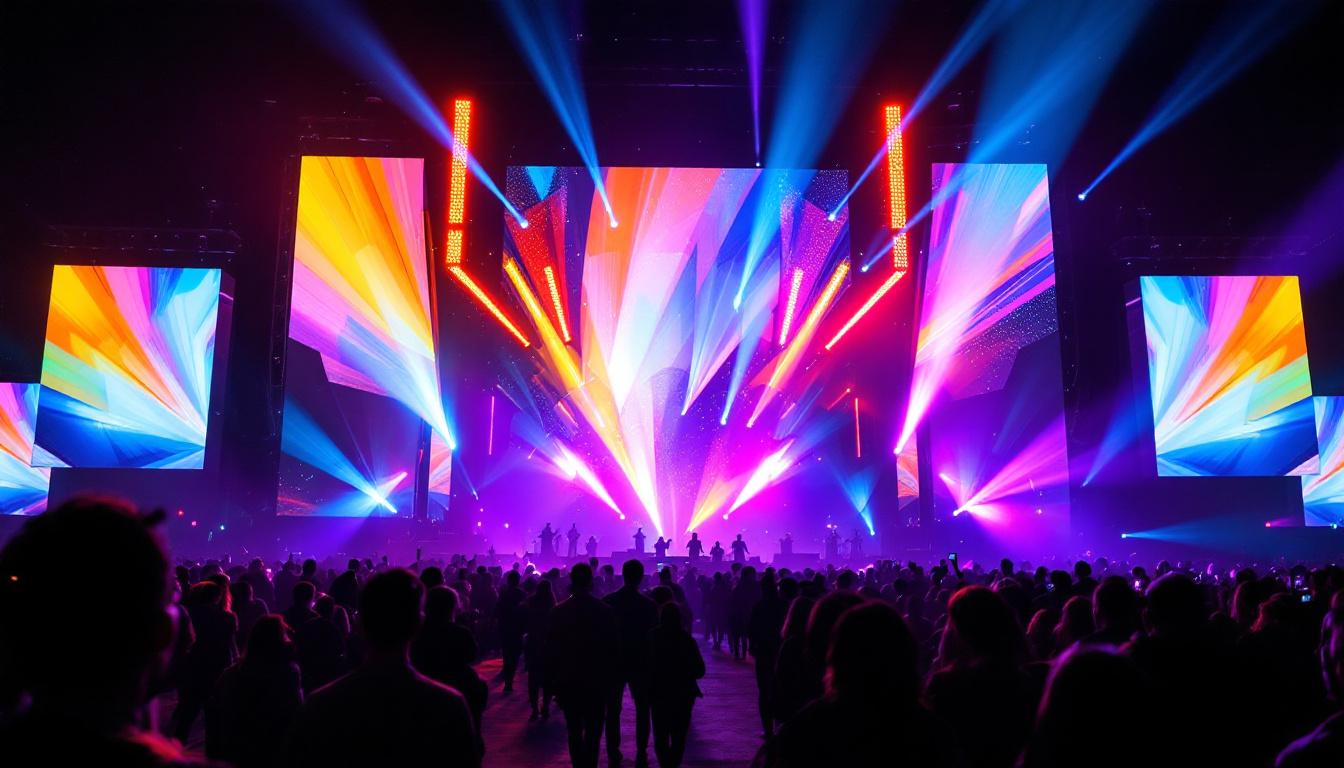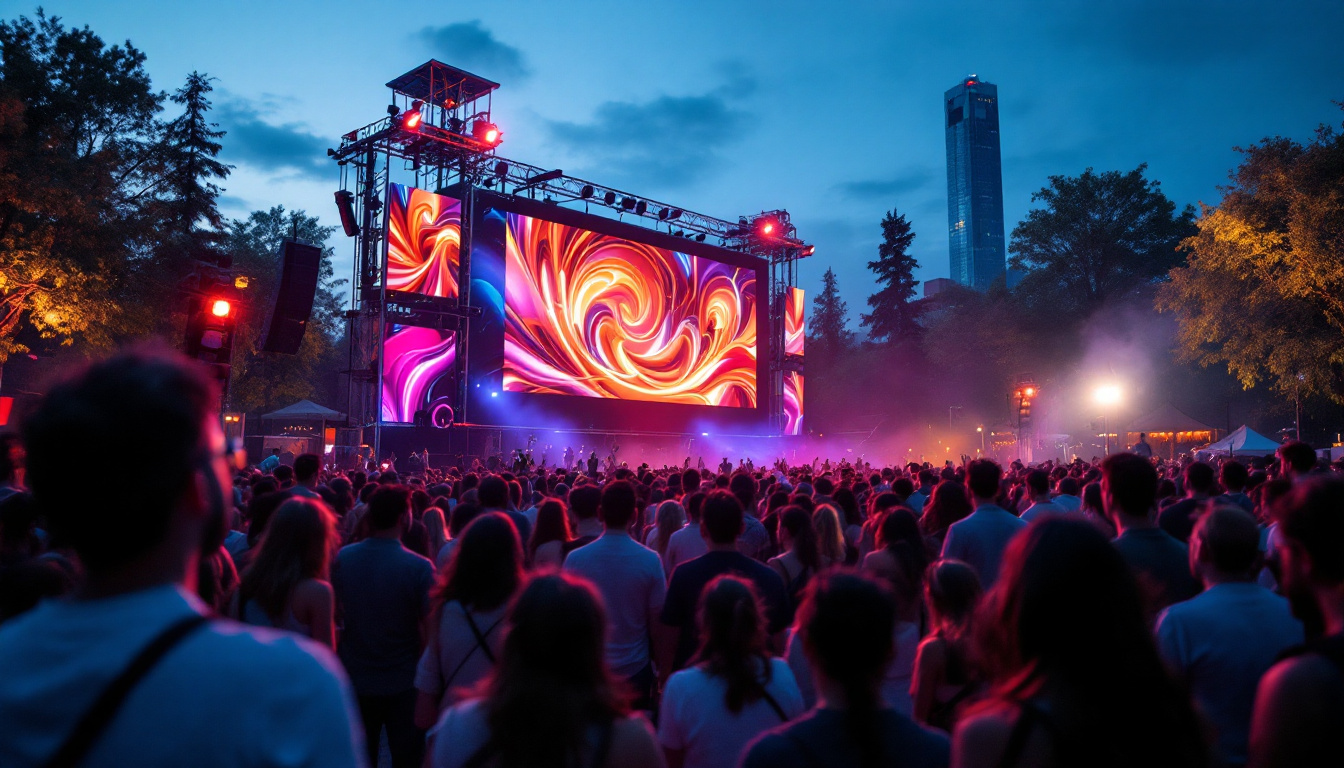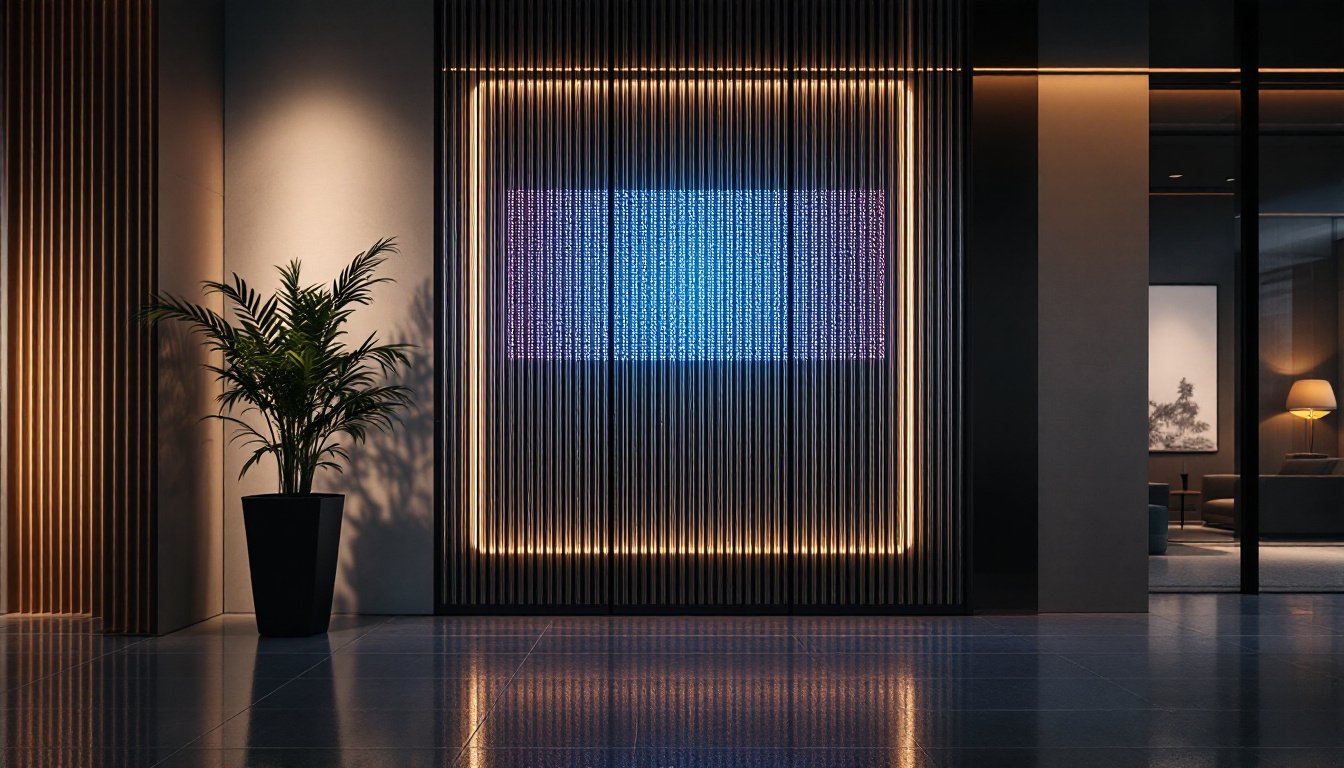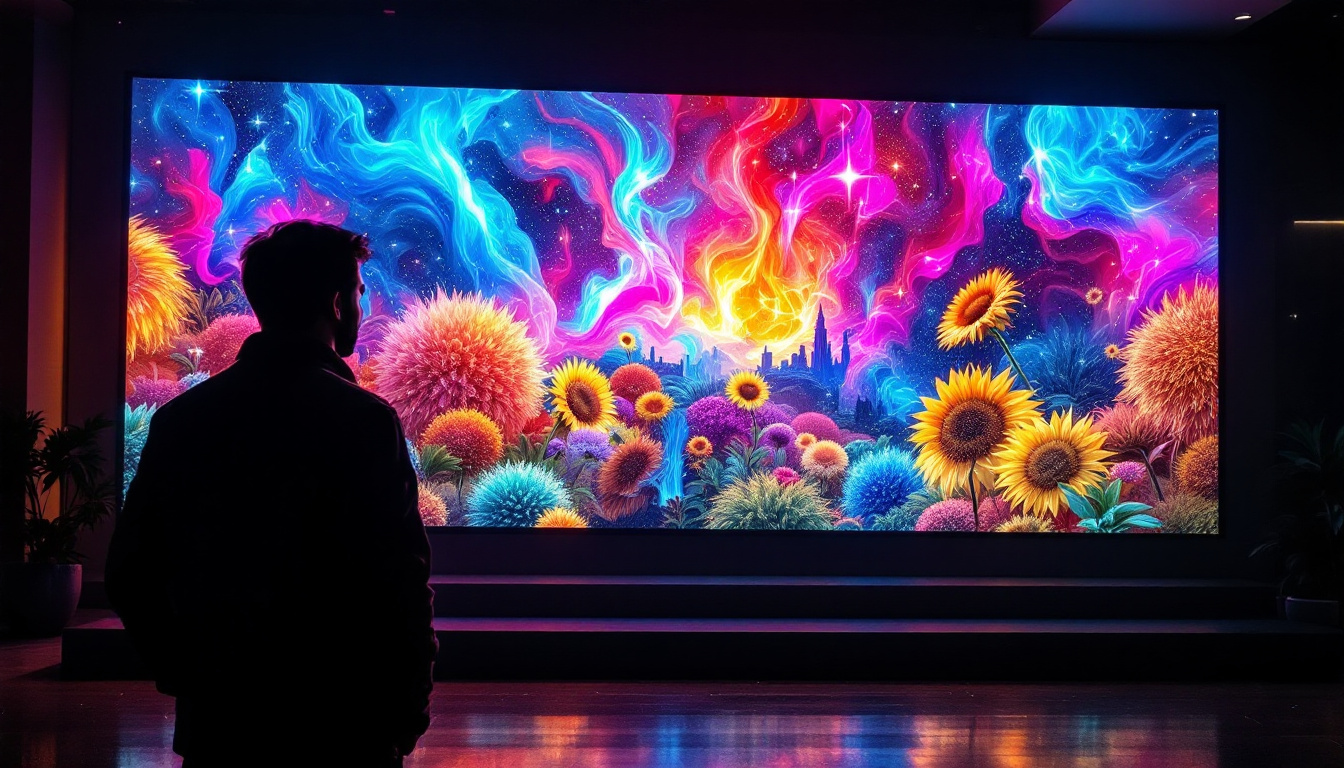In recent years, LED wall displays have emerged as a transformative technology in various industries, revolutionizing the way information is presented. These displays are not just about aesthetics; they play a crucial role in communication, advertising, and entertainment. This article delves into the intricacies of LED wall displays, exploring their technology, applications, and advantages.
Understanding LED Technology
LED, or Light Emitting Diode, technology has evolved significantly since its inception. At its core, an LED is a semiconductor device that emits light when an electric current passes through it. This fundamental principle underlies the functioning of LED wall displays, which consist of numerous tiny LEDs arranged in a grid to form images and videos. The development of LED technology has revolutionized the way we think about lighting and display solutions, pushing the boundaries of creativity in various fields, from advertising to art installations.
How LED Displays Work
LED wall displays operate by combining red, green, and blue (RGB) LEDs to create a full spectrum of colors. Each pixel on the display is made up of these three colors, and by adjusting their intensity, a wide range of colors can be produced. The control system of the display interprets the input signal, converting it into the appropriate color combinations for each pixel, resulting in a vibrant image. This technology not only enhances visual experiences but also allows for dynamic content that can be easily updated, making it an attractive option for businesses looking to engage their audience.
One of the key advantages of LED technology is its ability to produce bright images even in well-lit environments. This is particularly beneficial for outdoor displays, where sunlight can wash out traditional screens. Furthermore, LED displays are known for their longevity and energy efficiency, making them a sustainable choice for businesses. With a lifespan that can exceed 100,000 hours, LEDs reduce the need for frequent replacements, thus lowering maintenance costs and minimizing environmental impact. The energy efficiency of LED technology also means that businesses can significantly cut down on their electricity bills while contributing to a greener planet.
Types of LED Displays
There are several types of LED displays, each suited for specific applications. The most common include:
- Indoor LED Displays: These displays are designed for indoor environments, such as shopping malls, conference rooms, and theaters. They typically have a higher pixel density, resulting in sharper images viewed from closer distances. This makes them ideal for applications where detail is crucial, such as presentations or high-definition video content.
- Outdoor LED Displays: Built to withstand harsh weather conditions, outdoor LED displays are used for billboards, sports arenas, and public events. They feature a lower pixel density compared to indoor displays but are much brighter to combat ambient light. These displays are often equipped with protective coatings to guard against UV rays and moisture, ensuring durability and consistent performance over time.
- Transparent LED Displays: This innovative type allows for visibility through the screen, making it ideal for retail environments where product visibility is essential. They can be used in windows or as part of architectural designs. Transparent displays not only serve as advertising platforms but also enhance the aesthetic appeal of a space, allowing for creative integration of digital content with physical products.
Additionally, there are flexible LED displays that can be bent or shaped to fit unconventional spaces, providing even more versatility in design and application. These displays are particularly popular in modern architecture and event staging, where unique visual presentations can captivate audiences. As technology continues to advance, we can expect even more innovative types of LED displays to emerge, further expanding their potential uses across various industries.
Applications of LED Wall Displays
LED wall displays are versatile and find applications across various sectors. Their ability to deliver high-quality visuals makes them a preferred choice in numerous environments.
Advertising and Marketing
One of the most prominent uses of LED wall displays is in advertising. Businesses leverage these displays to capture attention with dynamic content, such as videos and animations. The high brightness and vivid colors ensure that advertisements stand out, even in crowded or brightly lit spaces.
Moreover, LED displays allow for real-time updates, enabling businesses to change their messages instantly based on promotions or events. This flexibility is a significant advantage over traditional static billboards, where updates require time and resources.
Entertainment and Events
In the entertainment industry, LED wall displays have become a staple at concerts, festivals, and sporting events. They are used to create immersive experiences, enhancing the overall atmosphere with stunning visuals. From large-scale video walls to smaller displays, they can be configured to suit various venues and audience sizes.
Additionally, LED displays are often used for staging and backdrops, providing a dynamic canvas that can change throughout a performance. This adaptability allows event organizers to create unique experiences that engage audiences in ways that static displays cannot.
Corporate and Educational Settings
In corporate environments, LED wall displays are utilized for presentations, meetings, and conferences. Their ability to present information clearly and engagingly enhances communication and collaboration among team members. Interactive LED displays also allow for touch functionality, enabling participants to engage with the content directly.
Educational institutions are increasingly adopting LED displays to enhance learning experiences. They can be used in classrooms for interactive lessons, displaying educational videos, or showcasing student projects. The visual appeal of LED technology can help capture students’ attention and improve information retention.
Advantages of LED Wall Displays
The growing popularity of LED wall displays can be attributed to several advantages they offer over traditional display technologies. Understanding these benefits can help businesses make informed decisions when investing in display solutions.
Energy Efficiency
LED displays are known for their energy efficiency. Compared to traditional LCD or projection systems, LED displays consume significantly less power, which translates to lower operational costs. This efficiency is particularly advantageous for businesses that operate displays for extended periods, such as advertising billboards or information kiosks.
Durability and Longevity
LED technology is inherently durable, making LED wall displays less prone to damage from environmental factors. Outdoor displays, in particular, are designed to withstand rain, wind, and extreme temperatures. Additionally, LED displays have a longer lifespan than traditional displays, often lasting over 100,000 hours of continuous use.
High-Quality Visuals
The image quality produced by LED wall displays is exceptional. With high brightness levels, vibrant colors, and excellent contrast ratios, these displays ensure that content is visually striking. This quality is crucial in applications where viewer engagement is paramount, such as advertising and entertainment.
Choosing the Right LED Wall Display
When selecting an LED wall display, several factors should be considered to ensure the right fit for specific needs. Understanding these elements can help businesses and organizations make the best choice.
Resolution and Pixel Pitch
Resolution refers to the number of pixels in a display, while pixel pitch is the distance between the centers of two adjacent pixels. A lower pixel pitch indicates a higher resolution, which is essential for displays viewed from close distances. For indoor applications, a pixel pitch of 1.5mm to 3mm is common, while outdoor displays may range from 4mm to 16mm, depending on viewing distance.
Brightness Levels
Brightness is a critical factor for LED wall displays, particularly for outdoor applications. Measured in nits, the brightness level determines how well the display can be seen in various lighting conditions. Outdoor displays typically require brightness levels of 5,000 nits or more to remain visible in direct sunlight, while indoor displays can function effectively at lower brightness levels.
Installation and Maintenance
Consideration should also be given to the installation process and ongoing maintenance of the LED display. Some displays require specialized mounting systems or infrastructure, while others can be easily installed in various environments. Additionally, understanding the maintenance requirements, such as cleaning and servicing, will help ensure the longevity of the display.
The Future of LED Wall Displays
The future of LED wall displays looks promising, with ongoing advancements in technology paving the way for even more innovative applications. As the demand for high-quality visual experiences continues to grow, manufacturers are exploring new frontiers in LED technology.
Integration with Smart Technologies
One of the most exciting developments is the integration of LED displays with smart technologies. This includes the use of artificial intelligence (AI) and the Internet of Things (IoT) to create interactive displays that respond to viewer behavior. For example, AI algorithms can analyze audience engagement and adjust content in real-time, enhancing the effectiveness of advertising campaigns.
Flexible and Modular Designs
Future LED displays are expected to feature more flexible and modular designs. This will allow for creative configurations, enabling displays to fit into unconventional spaces and adapt to various environments. Such versatility will open new avenues for artistic expression and functional applications in architecture and design.
Sustainability Initiatives
As sustainability becomes a priority for businesses and consumers alike, the LED industry is focusing on developing eco-friendly solutions. This includes using recyclable materials in manufacturing and improving energy efficiency even further. As a result, future LED wall displays will not only provide stunning visuals but also align with environmental goals.
Conclusion
LED wall displays represent a significant advancement in visual technology, offering unparalleled quality, versatility, and efficiency. Their applications span a wide range of industries, from advertising and entertainment to education and corporate environments. As technology continues to evolve, LED displays will likely become even more integrated into daily life, enhancing communication and engagement in ways previously unimaginable.
Investing in LED wall displays can provide businesses with a competitive edge, allowing them to capture attention and convey messages effectively. By understanding the technology, applications, and advantages of LED displays, organizations can make informed decisions that align with their goals and objectives.
Discover LumenMatrix LED Display Solutions
Ready to elevate your visual communication with cutting-edge technology? Explore LumenMatrix’s comprehensive range of LED display solutions tailored to your needs. Whether you’re looking to enhance brand visibility, create immersive environments, or captivate your audience, LumenMatrix has the perfect LED display module for every application. From Indoor and Outdoor LED Walls to innovative Transparent Displays, our products are designed to revolutionize your visual experience. Check out LumenMatrix LED Display Solutions today and transform the way you share your message with the world.

